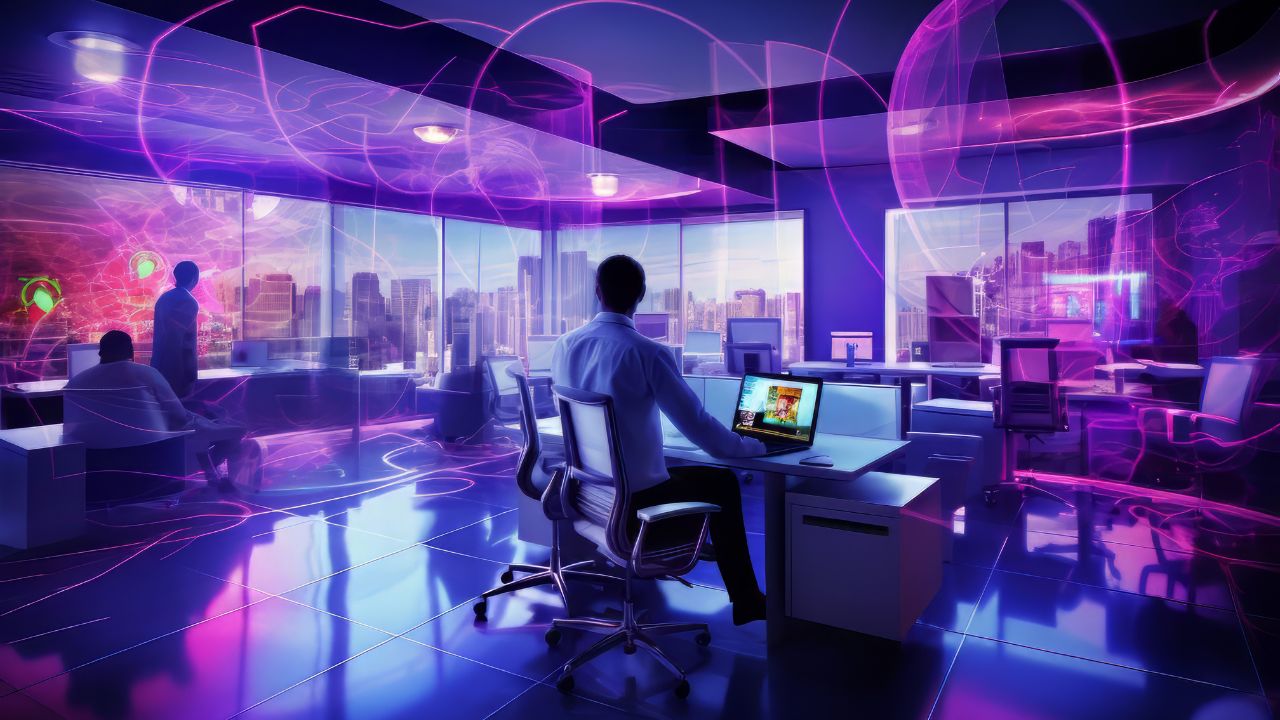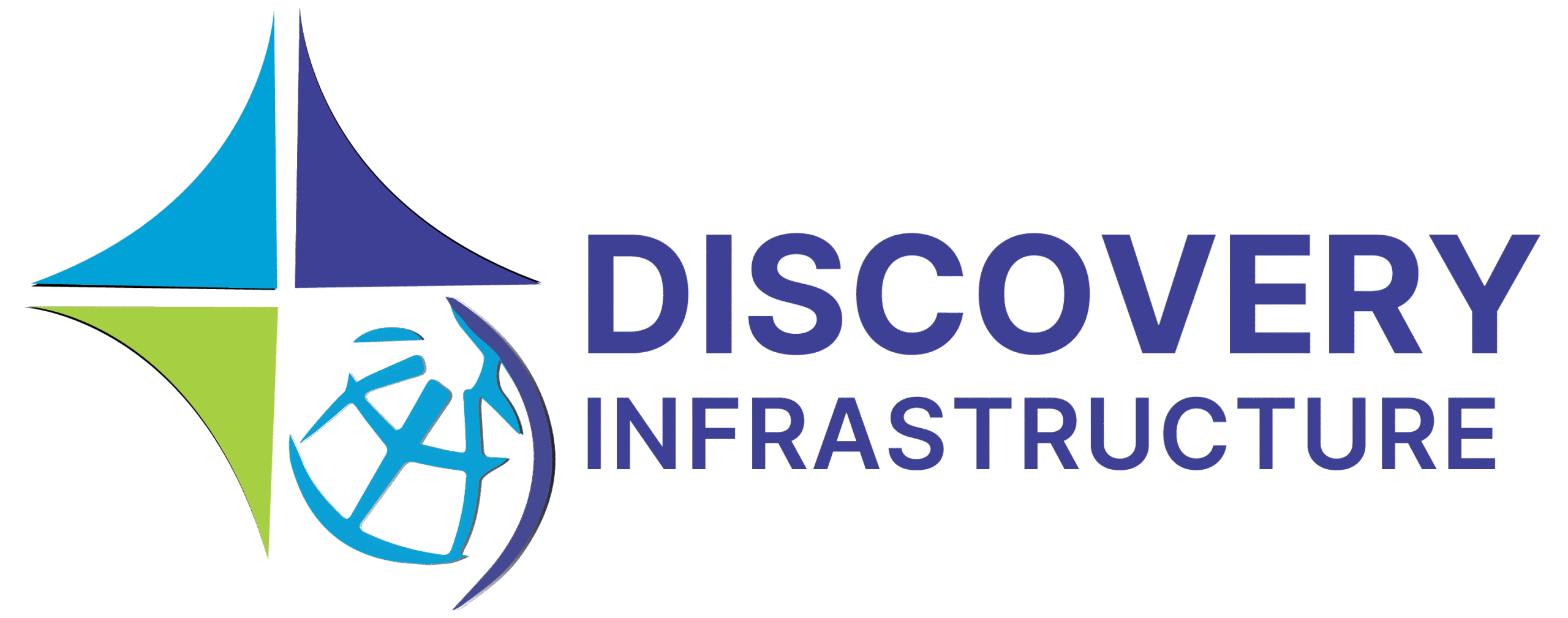
Tech-Driven Smart Workspace Design for Smarter Workflows
A well-designed workspace has always been central to productive work, but today’s fast-moving business landscape demands far more than comfortable desks and good lighting. As organizations strive for greater efficiency and flexibility, technology is becoming the backbone of modern workplace design. Smart workspace designs and connected environments are transforming the way teams collaborate, tasks flow, and spaces adapt to the people who use them.
By blending innovative tools with thoughtful design, companies can create workspaces that not only support daily operations but actively enhance them, turning ordinary environments into engines for smoother, smarter workflows.
Here, in this blog, we will understand the core technologies that shape future-ready workspaces, how smart workspace design improves team workflows and helps in smooth communication, the key benefits of tech-enhanced workspaces and more.
What Defines a Tech-Driven Smart Workspace?
A tech-driven smart workspace is an environment where digital tools, connected systems, and thoughtful design come together to make work easier, faster, and more efficient. Instead of being a static place where people simply sit and work, a smart workspace design actively supports the tasks happening inside it. It uses technology to automate routine functions, improve communication, and adapt to the needs of employees throughout the day.
At its core, a tech-driven smart workspace includes:
- Integrated technology such as sensors, smart lighting, digital booking systems, and cloud-based collaboration platforms.
- Data-informed design, meaning the workspace is shaped by real insights about how people move, meet, and use different areas.
- Seamless connectivity, allowing employees to shift between devices, spaces, and tasks without friction.
- Personalisation, giving each person the ability to adjust their environment, lighting, temperature, and desk settings to match their preferences.
- Flexible and adaptive spaces that support hybrid work, team collaboration, focused tasks, and spontaneous interaction.
Together, these elements create a workspace that not only houses work but actively enhances it, reducing barriers, improving comfort, and enabling smarter, smoother workflows.
Core Technologies Shaping Future-Ready Workspaces
Future-ready workspaces are built on a foundation of interconnected and intelligent technologies that elevate how people interact with their environment. These tools streamline daily tasks, enhance collaboration, and ensure that spaces function efficiently behind the scenes. Several key technologies are driving this transformation:
1. Internet of Things (IoT) Sensors
IoT devices in offices collect real-time data on occupancy, lighting, temperature, and equipment use. This allows the workspace to automatically adjust conditions, such as dimming lights in unused areas or optimising climate control, creating a comfortable and energy-efficient environment.
2. Smart Building Systems
From automated access control to self-regulating HVAC and lighting systems, smart building technologies ensure facilities operate smoothly. These systems reduce manual oversight and make the workspace safer, more responsive, and more sustainable.
3. Advanced Collaboration Tools
Digital whiteboards, immersive conferencing systems, and unified communication platforms enable teams to connect seamlessly, whether in the office or working remotely. These tools help maintain productivity and build stronger connections across distributed teams.
4. Cloud-Based Work Environments
Cloud platforms centralise documents, applications, and workflows, ensuring employees can access what they need from any location. This flexibility supports hybrid work models and keeps information flowing without delays or barriers.
5. Artificial Intelligence and Analytics
AI-powered offices analyse patterns in workspace usage to provide insights that help organisations plan better. Whether it is optimising room layouts or predicting peak usage times, data-driven decisions lead to smarter space management and more efficient operations.
6. Automation and Workflow Management Tools
Automated scheduling, smart booking systems, and digital task management platforms reduce administrative tasks and keep projects moving smoothly. These tools eliminate common bottlenecks and free employees to focus on meaningful work.
Therefore, these are the core technologies which help shape future-ready workspaces. Today’s technologically modern era depends upon the smart workspace design, which can show an increase in productivity and the company’s growth.
How Smart Workspace Design Improves Team Workflows
Smart workspace design goes beyond creating an attractive office. It builds an environment that actively supports faster, smoother, and more coordinated work. By embedding intelligent tools and automated systems into everyday operations, teams can focus more on high-value tasks and less on administrative hurdles. Here is how smart design elevates team workflows:
-
Automated Task Management: Smart workspaces integrate digital platforms that streamline routine activities such as scheduling, reminders, approvals, and project tracking.
-
Real-Time Data Insights for Better Decisions: Connected tools and analytics platforms gather data on everything from resource usage to team performance.
-
Reducing Manual Processes: Smart workspaces eliminate many of the small but time-consuming tasks that interrupt focus. By removing manual steps, employees can stay in the flow of work, reduce errors, and experience a more streamlined day.
-
Enhancing Space Utilisation with Sensors: IoT sensors track how spaces are used, identifying peak times, unused areas, and traffic patterns. This helps organisations redesign layouts, reconfigure work zones, and allocate resources more effectively.
Hence, this is how we got to know that a smart workspace design improves team workflows and improves the company’s productivity.
Key Benefits of a Tech-Enhanced Workspace
A tech-enhanced workspace does more than modernise an office. It also reshapes the way people work, collaborate, and stay productive. By integrating smart tools, intelligent systems, and data-driven design, organisations gain a more efficient, connected, and adaptable work environment. The following are the key benefits:
1. Improved Productivity and Workflow Efficiency
Technology removes unnecessary steps from the workday. Automated scheduling, digital collaboration tools, and streamlined communication help teams complete tasks faster and with fewer distractions. Employees can focus on meaningful work instead of routine admin tasks.
2. Smarter Decision-Making Through Data Insights
Real-time data from occupancy sensors, workflow platforms, and performance analytics gives leaders a clearer understanding of how the workplace is actually used.
3. Enhanced Collaboration Across Teams
Tech-enabled meeting rooms, cloud platforms, and communication tools make it easy for employees to collaborate whether they are on-site or remote. This creates a more unified team experience and ensures everyone stays aligned, regardless of location.
4. Increased Flexibility and Adaptability
Future-ready workspaces are built to evolve. Smart tools allow spaces to shift easily between individual work, team collaboration, and hybrid meetings.
5. Better Space Utilisation and Cost Savings
Sensors and analytics reveal which spaces are overused or underused. This helps organisations optimise layouts, avoid unnecessary expansions, and reduce wasted space. Efficient resource management often leads to significant long-term cost savings.
6. Improved Employee Experience and Well-Being
Smart workspaces create more comfortable and supportive environments. Personalised lighting, climate control, ergonomic setups, and seamless tech all contribute to reduced stress and a better daily work experience, boosting morale and engagement.
7. Stronger Sustainability Efforts
Automated lighting, energy-efficient systems, and data-driven resource management help reduce energy consumption and environmental impact. Tech-enhanced workspaces support sustainability goals without compromising performance.
Whereof, these key benefits should be kept in mind, and the companies must turn into a tech-driven smart workspace design. A change is necessary in the changing world.
Implementing Tech-Driven Design in Your Office
Implementing tech-driven design in your office begins with understanding how your team works and identifying the areas that slow them down. By introducing smart tools such as automated booking systems, IoT sensors, and digital collaboration platforms, you can create a more efficient and connected environment.
Upgrading essential infrastructure, like lighting, climate control, and conferencing technology, helps streamline daily routines and support hybrid work. It is equally important to prioritise employee’s comfort through personalised settings, ergonomic furniture, and noise management solutions. With proper training and ongoing evaluation, your workspace can continually adapt, ensuring the technology not only enhances productivity but also creates an intuitive and enjoyable place to work.
Why Tech-Driven Design Is the Future of Work
The way people work is changing, and today’s workplace must keep pace with rising expectations for flexibility, efficiency, and seamless collaboration. Tech-driven workplace design is becoming the future of work because it transforms the office from a static environment into a dynamic, intelligent ecosystem that adapts to the needs of employees. Smart technologies streamline routine tasks, optimise space usage, and support hybrid teams with tools that remove barriers to communication.
By integrating automation, real-time insights, and user-centred digital experiences, organisations create workplaces that improve productivity, reduce operational costs, and enhance employee well-being. As businesses continue to evolve, tech-driven design ensures their workspaces remain adaptable, connected, and capable of supporting the fast-paced nature of modern work.
Choosing Discovery Infrastructure means partnering with a provider that understands how to blend technology, design, and functionality into a unified workplace experience. We offer solutions that help organizations build smart workspace designs and environments, from sensor-enabled space management to streamlined workflow systems and collaborative digital platforms. With a commitment to innovation, reliability, and user-focused design, we, Discovery Infrastructure, give companies the tools and guidance they need to confidently transition into the future of work.
